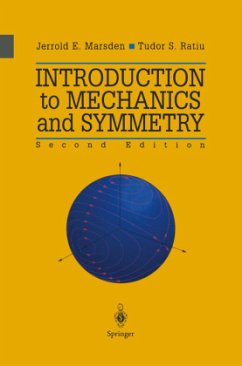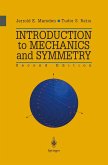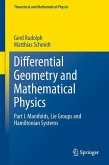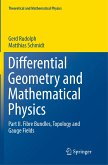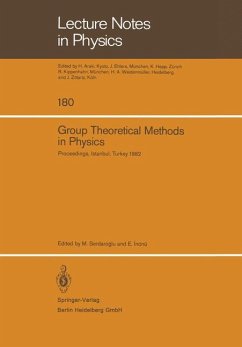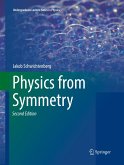Symmetry has always played an important role in mechanics, from fundamental formulations of basic principles to concrete applications. The theme of the book is to develop the basic theory and applications of mechanics with an emphasis on the role of symmetry. In recent times, the interest in mechanics, and in symmetry techniques in particular, has accelerated because of developments in dynamical systems, the use of geometric methods and new applications to integrable and chaotic systems, control systems, stability and bifurcation, and the study of specific rigid, fluid, plasma and elastic systems. Introduction to Mechanics and Symmetry lays the basic foundation for these topics and includes numerous specific applications, making it beneficial to physicists and engineers. This text has specific examples and applications showing how the theory works, and up-to-date techniques, all of which makes it accessible to a wide variety of readers, expecially senior undergraduate and graduate students in mathematics, physics and engineering. For this second edition, the text has been rewritten and updated for clarity throughout, with a major revamping and expansion of the exercises. Internet supplements containing additional material are also available on-line.
"The book is self-contained.It remains a good and solid introduction to this subject."Nieuw Archief voor Wiskunde, March 2001 "... This book takes the reader on one of the greatest journeys in modern mathematics that has as its roots a subject that is more than 300 years old. Armed with this knowledge a reader is ready to pursue numerous topics of active mathematical research, from the more pure domains of symplectic geometry and topology to the geometric analysis of the limitless supply of examples from mechanics."Newsletter of the Newzealand Mathematical Society, No. 81, April 2001 Second Edition J.E. Marsden and T.S. Ratiu Introduction to Mechanics and Symmetry A Basic Exposition of Classical Mechanical Systems "As the name of the book implies, a consistent theme running through the book is that of symmetry. Indeed the latter half of the book focuses on Poisson manifolds, momentum maps, Lie-Poisson reduction, co-adjoint orbits and the integrability of the rigid body. The discussion of reduction must be the most comprehensive yet given. A pleasant feature of the book is that most of the theory that relates to finite-dimensional mechanical systems is illustrated concretely in terms of local coordinates, thereby making the book accessible even to beginners in the field."-MATHEMATICAL REVIEWS
The book is self-contained.It remains a good and solid introduction to this subject. Nieuw Archief voor Wiskunde, March 2001 "... This book takes the reader on one of the greatest journeys in modern mathematics that has as its roots a subject that is more than 300 years old. Armed with this knowledge a reader is ready to pursue numerous topics of active mathematical research, from the more pure domains of symplectic geometry and topology to the geometric analysis of the limitless supply of examples from mechanics." Newsletter of the Newzealand Mathematical Society, No. 81, April.

